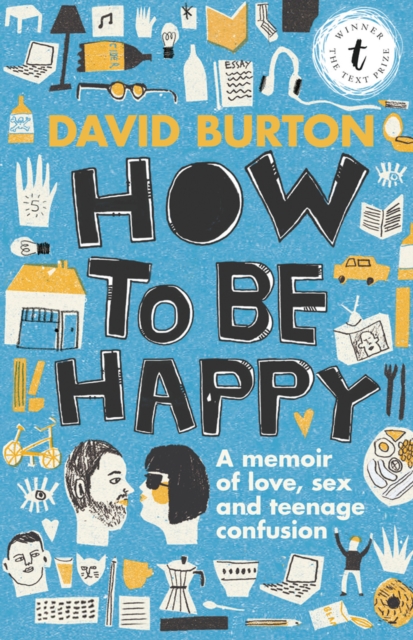I had a chat with an older lady in the supermarket today and she was telling me about her childhood. One of eight children, they foraged or trapped their dinners most nights. Whether it was mushrooms, blackberries or catching rabbits, they went out with dad to find their ‘tea’. After lunch, which was a weetbix with butter, they were told to go and play, just be home by dinnertime.
If you have a think about your childhood and compare it to the children of today: what are the main differences? My childhood was definitely slower, we just did….less. While we didn’t trap rabbits for dinner, there was a simple mundanity: dinners were meat and 3 veg and we spent most of our days outdoors playing on our bikes. When I was growing up, there were less activities, opportunities and sources of information. There were far less choices when I was a child, but there was a beautiful simplicity that went with it. Many behavioural issues that children are experiencing are said to come from our modern frenetic lifestyles. As a result, authors have penned books to help us help our children to slow down. Here are some of our favourite titles:
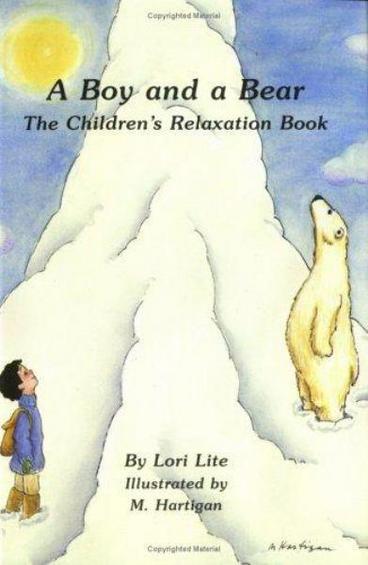 A Boy and a Bear by Lori Lite
A Boy and a Bear by Lori Lite
‘A Boy and a Bear’ is a very simple story that can be read to children who might find it hard getting to sleep. Through the story, a very simple technique called ‘circular breathing is taught. This aims to bring calmness and well-being to both the child and the parent. It’s a nice calm read to promote an easier bed-time routine. Lite has written a suite of stories focused on bringing calm, visualisations and affirmations to children. There have been positive reviews from some of the children, too: ‘I liked the story because it makes you feel relaxed and sleepy. Every muscle in my body felt still. I felt as relaxed as I could be’. (Mandy, aged 8).
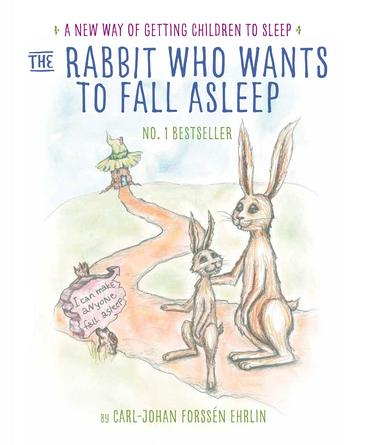 The Rabbit Who Wants to Fall Asleep by Carl-Johan Foreseen Ehrlin
The Rabbit Who Wants to Fall Asleep by Carl-Johan Foreseen Ehrlin
The groundbreaking #1 bestseller is sure to turn nightly bedtime battles into a loving and special end-of-day ritual. This child-tested, parent-approved story uses an innovative technique that brings a calm end to any child’s day. Do you struggle with getting your child to fall asleep? Join parents all over the world who have embraced ‘The Rabbit Who Wants to Fall Asleep’ as their new nightly routine.
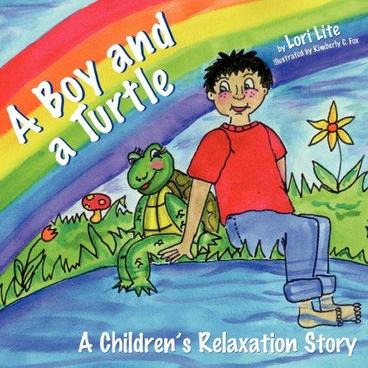 A Boy and a Turtle by Lori Lite
A Boy and a Turtle by Lori Lite
Children love to visualize or imagine filling their bodies with the colors of the rainbow. This effective stress-management technique also known as guided imagery is widely accepted and used by both traditional and holistic communities. These gentle but powerful visualization techniques stimulate the imagination. Visualization can have a positive impact on the health of children, improving creativity and performance. It can also lower stress and anxiety levels and is used to control anger.
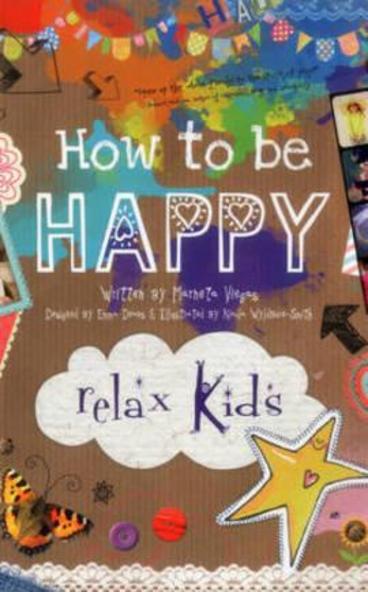 Relax Kids – How to be Happy: 52 positive activities for children by Marneta Viegas
Relax Kids – How to be Happy: 52 positive activities for children by Marneta Viegas
‘Relax Kids: How to be Happy’ is packed with ideas focused on children spending quality time with their families. At the same time, it helps children manage their worries and emotions and encourages them to grow up happy and contented.
The aim of the book is for families to spend time together completing activities and creating memories. There is a different activity each week and each of the activities is explained with diagrams, which make it easy to follow. Children experience confidence and increased self esteem from their ability to complete the activities.
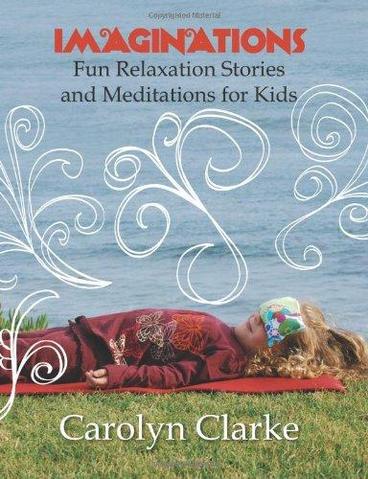 Imaginations by Carolyn Clarke
Imaginations by Carolyn Clarke
Winner of the San Diego Book Award for Children’s Non Fiction, ‘Imaginations’ teaches children to relax and meditate as a means of slowing down their minds. The ability to relax is an essential skill in our hectic world today. Kids are shuttled from home to school to after school activities and home again, often without transition time or down time. ‘Imaginations’ contains stories to help children learn to calm their bodies and relax their minds.
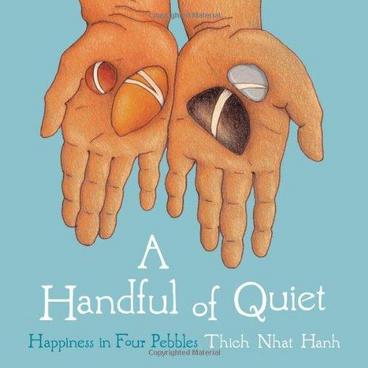 A Handful of Quiet by Thich Nhat Hanh
A Handful of Quiet by Thich Nhat Hanh
A Handful of Quiet presents one of the best known and most innovative meditation practices developed by Thich Nhat Hanh as part of the Plum Village community’s practice with children. Pebble meditation is a playful and fun activity that parents and educators can do with their children to introduce them to meditation. It is designed to involve children in a hands-on and creative way that touches on their interconnection with nature.
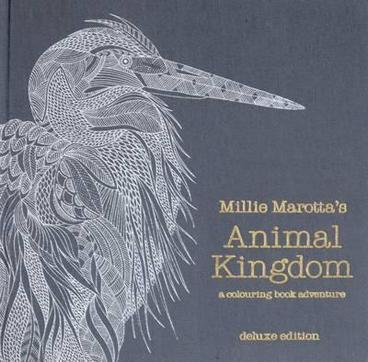
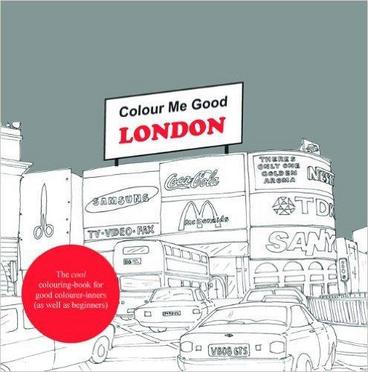
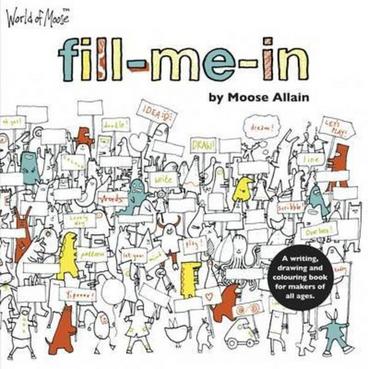
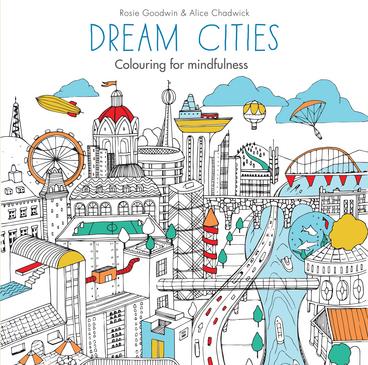
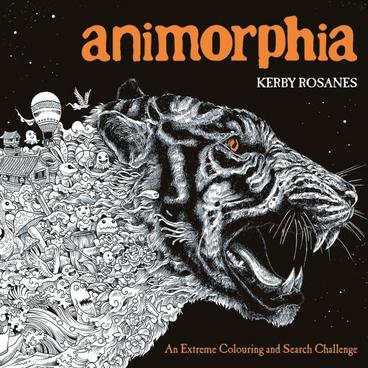
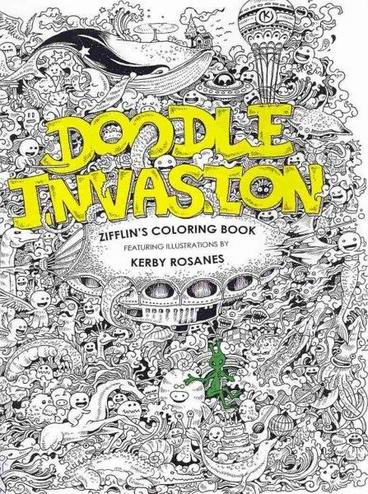
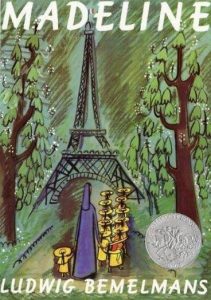
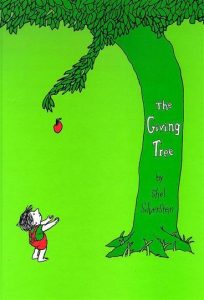
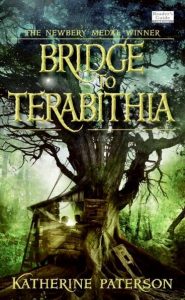
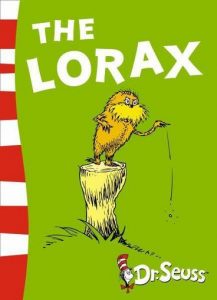
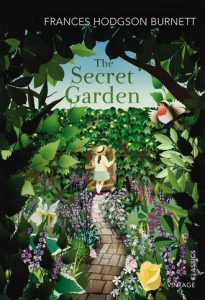
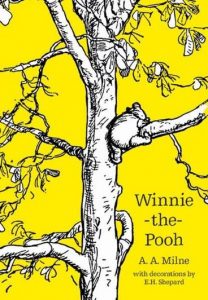
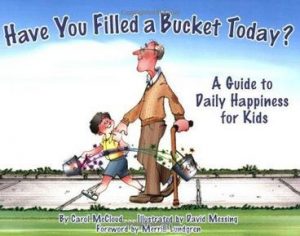
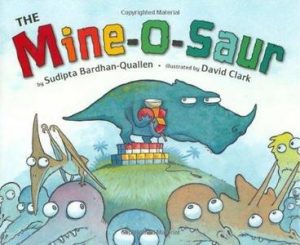
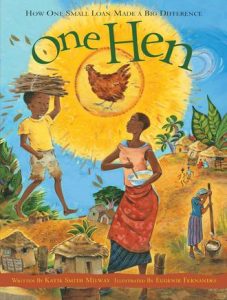
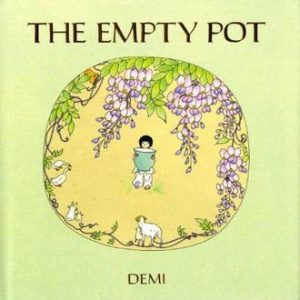
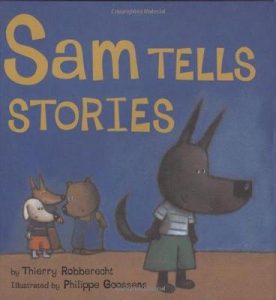
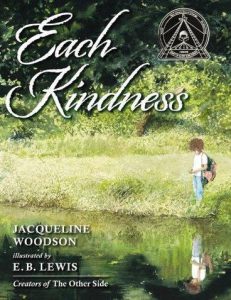
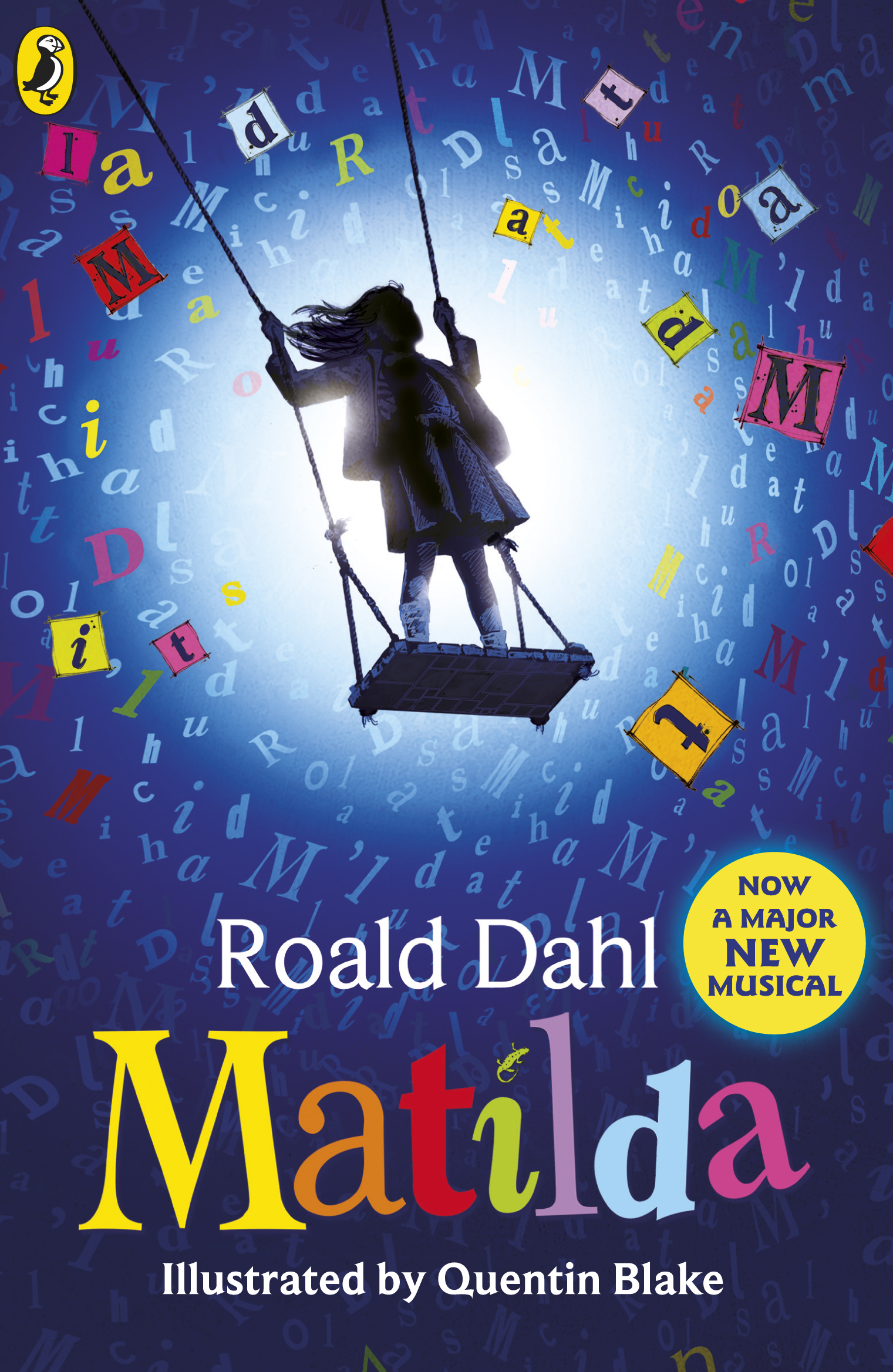
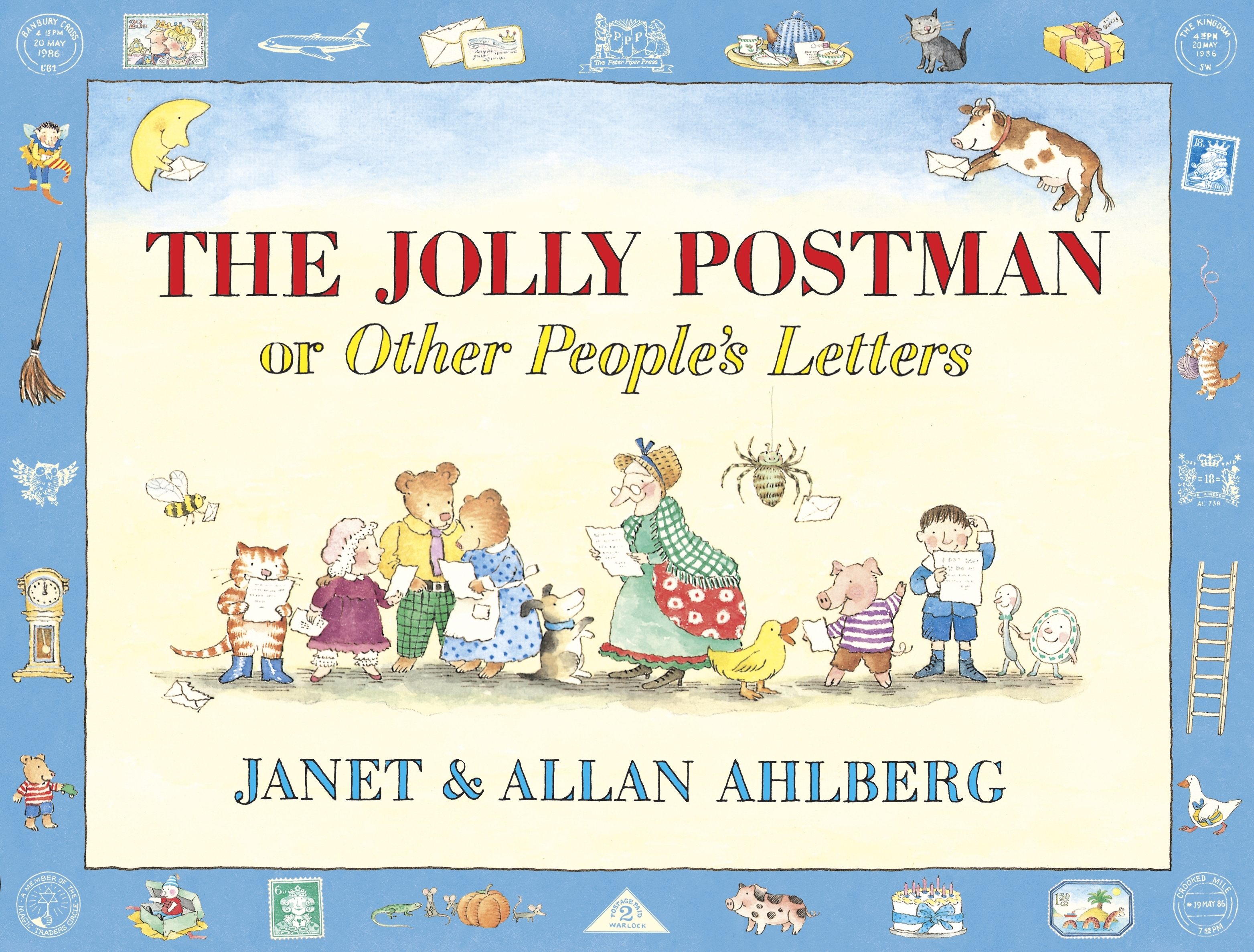
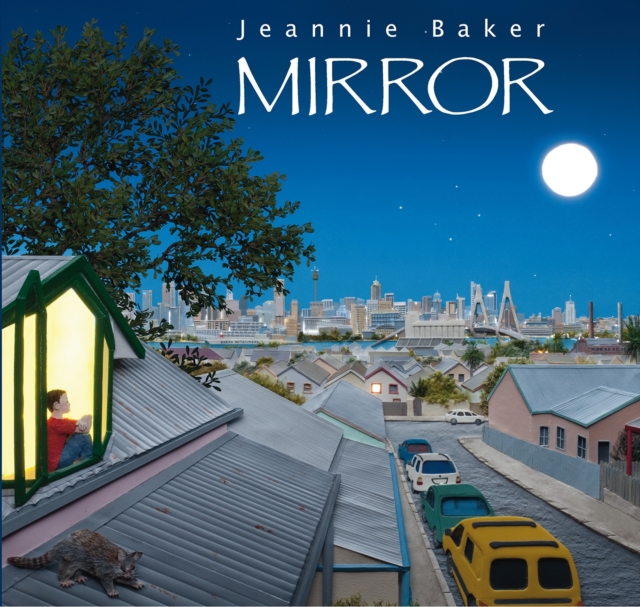
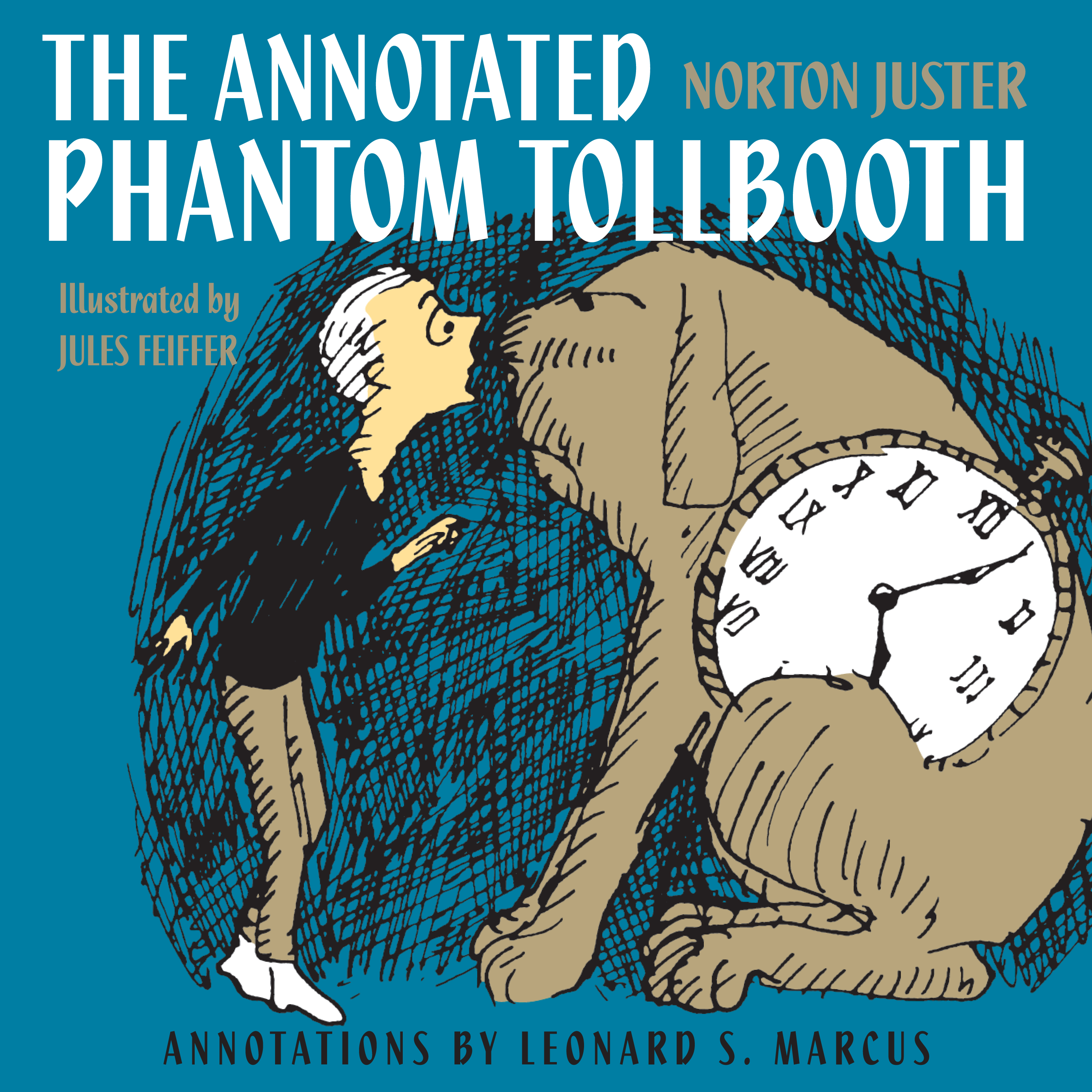
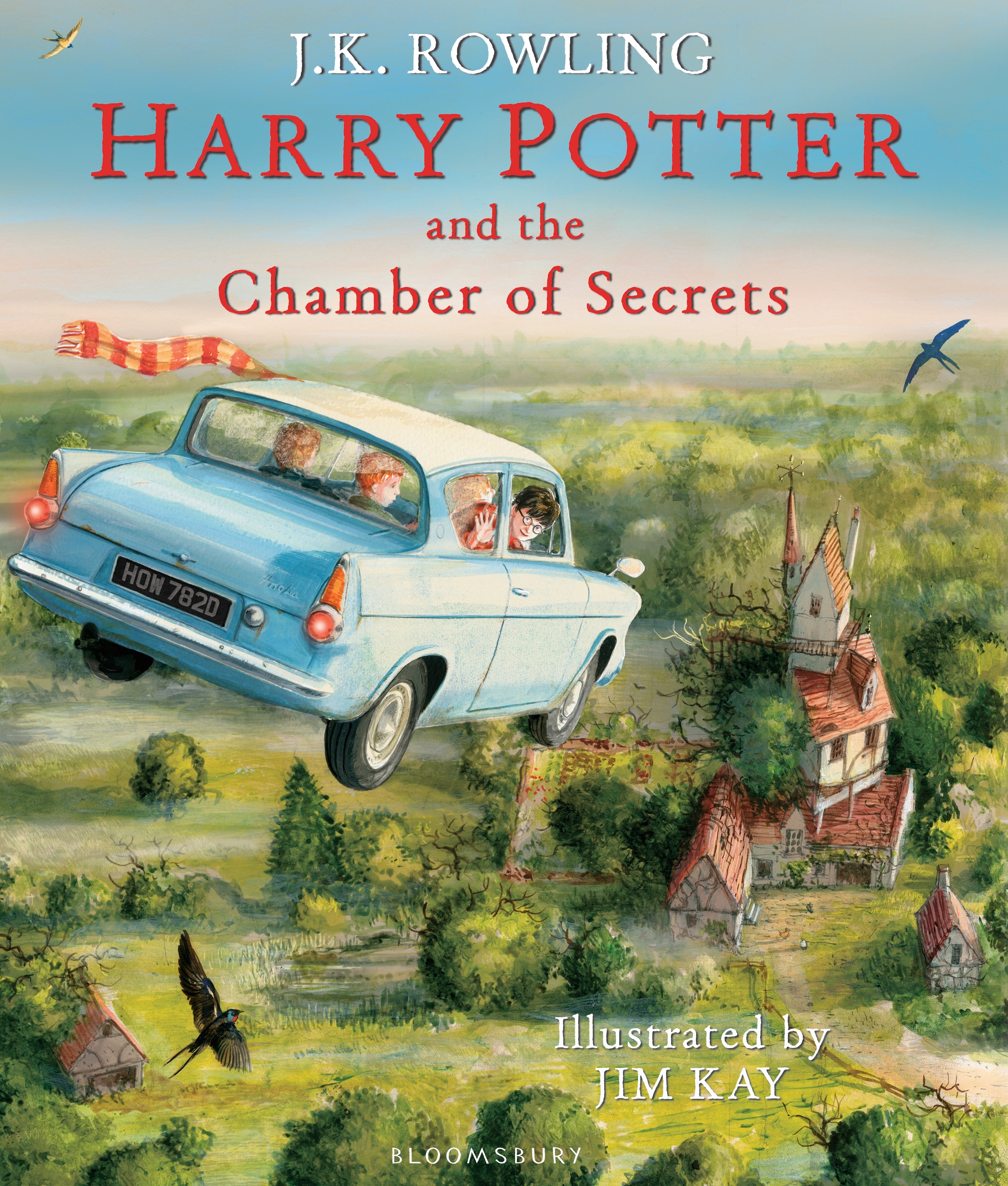

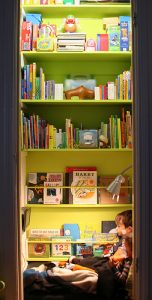
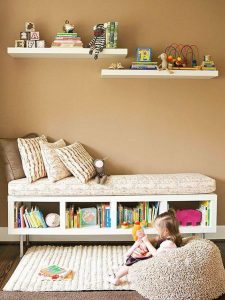
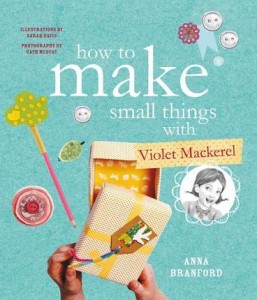
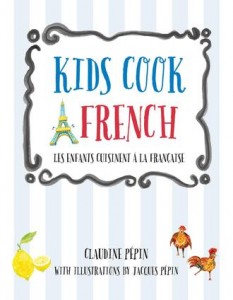
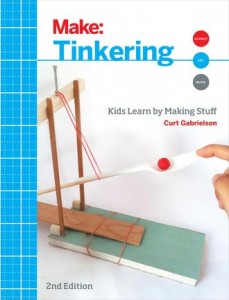

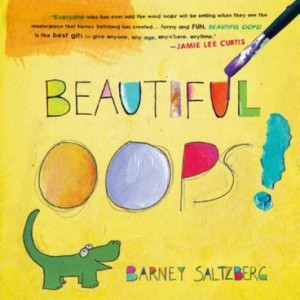
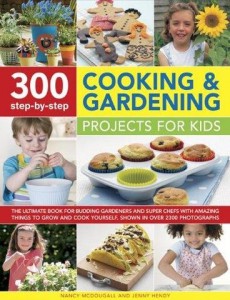
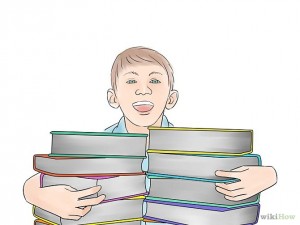
 Holidays Around the World: Celebrate Chinese New Year: With Fireworks, Dragons, and Lanterns
Holidays Around the World: Celebrate Chinese New Year: With Fireworks, Dragons, and Lanterns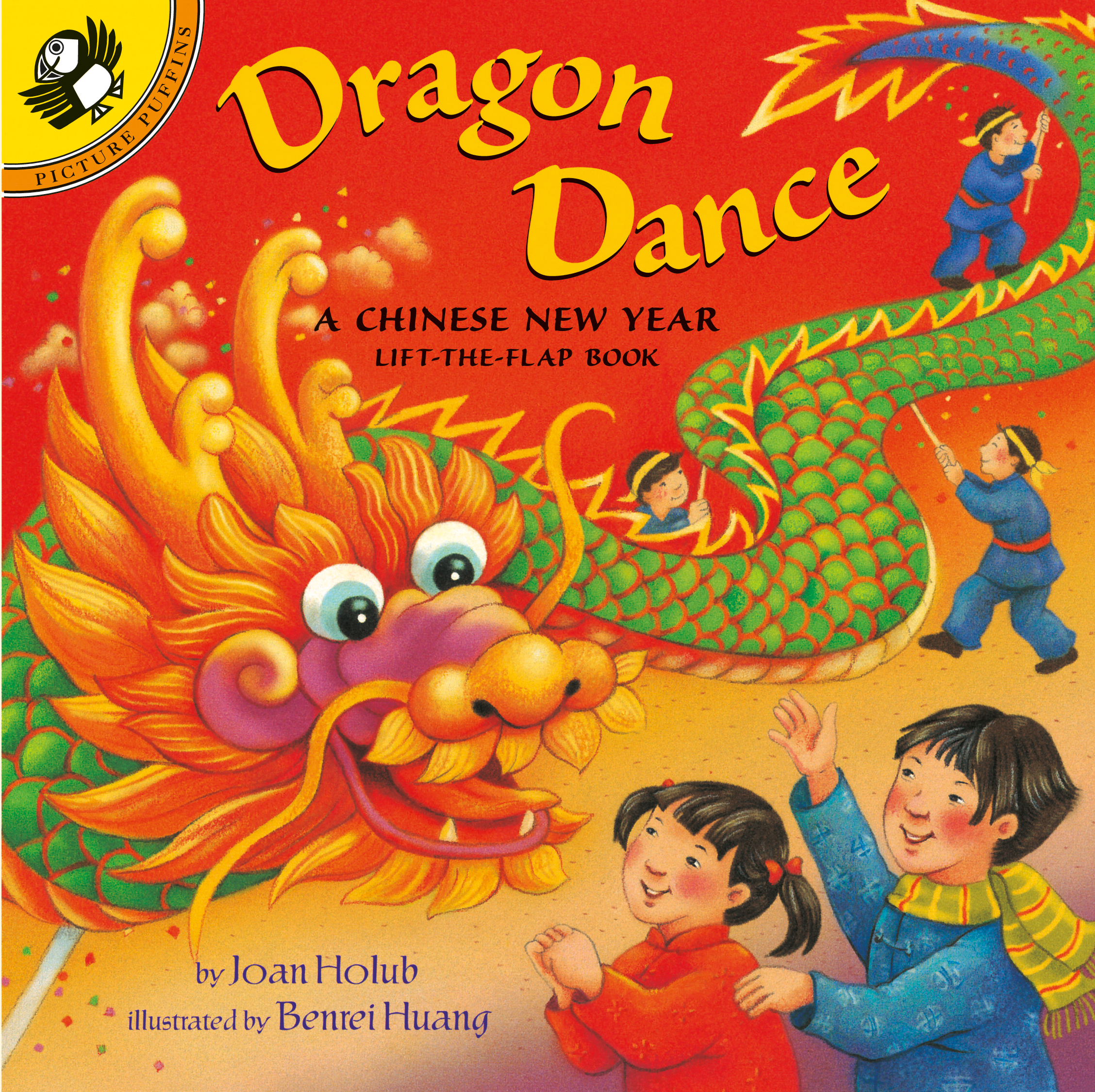
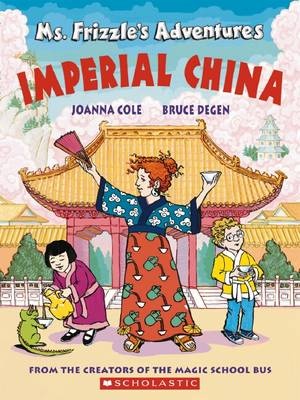 Ms. Frizzle’s Adventures: Imperial China
Ms. Frizzle’s Adventures: Imperial China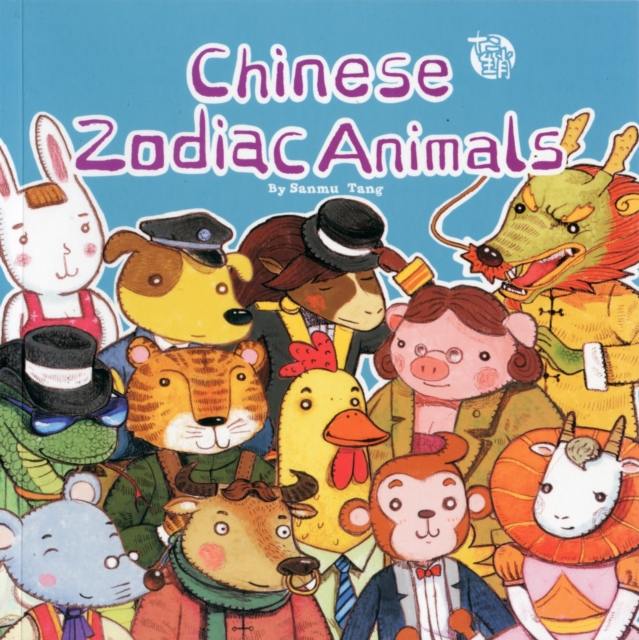
 Celebrating Chinese New Year: An Activity Book
Celebrating Chinese New Year: An Activity Book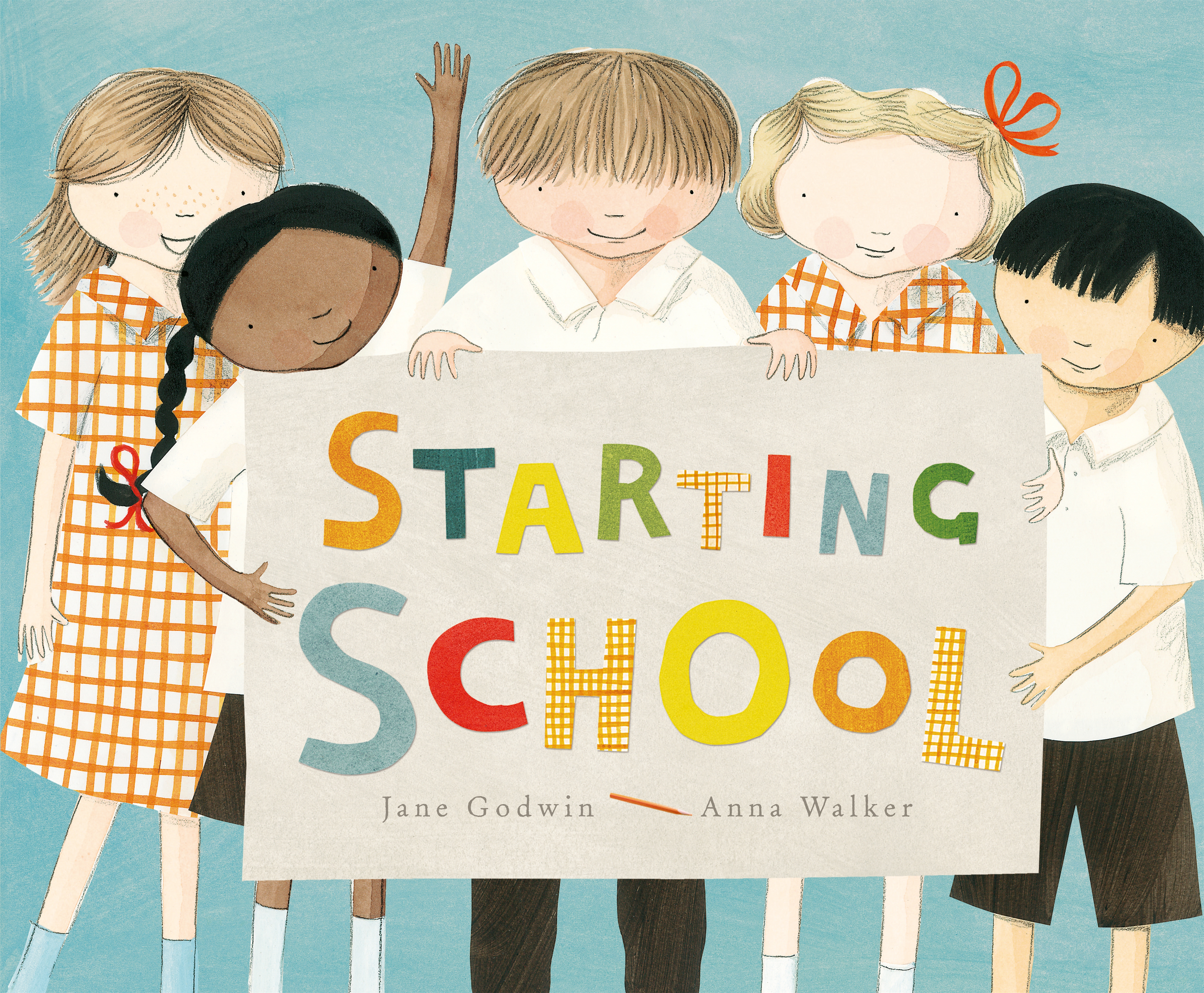
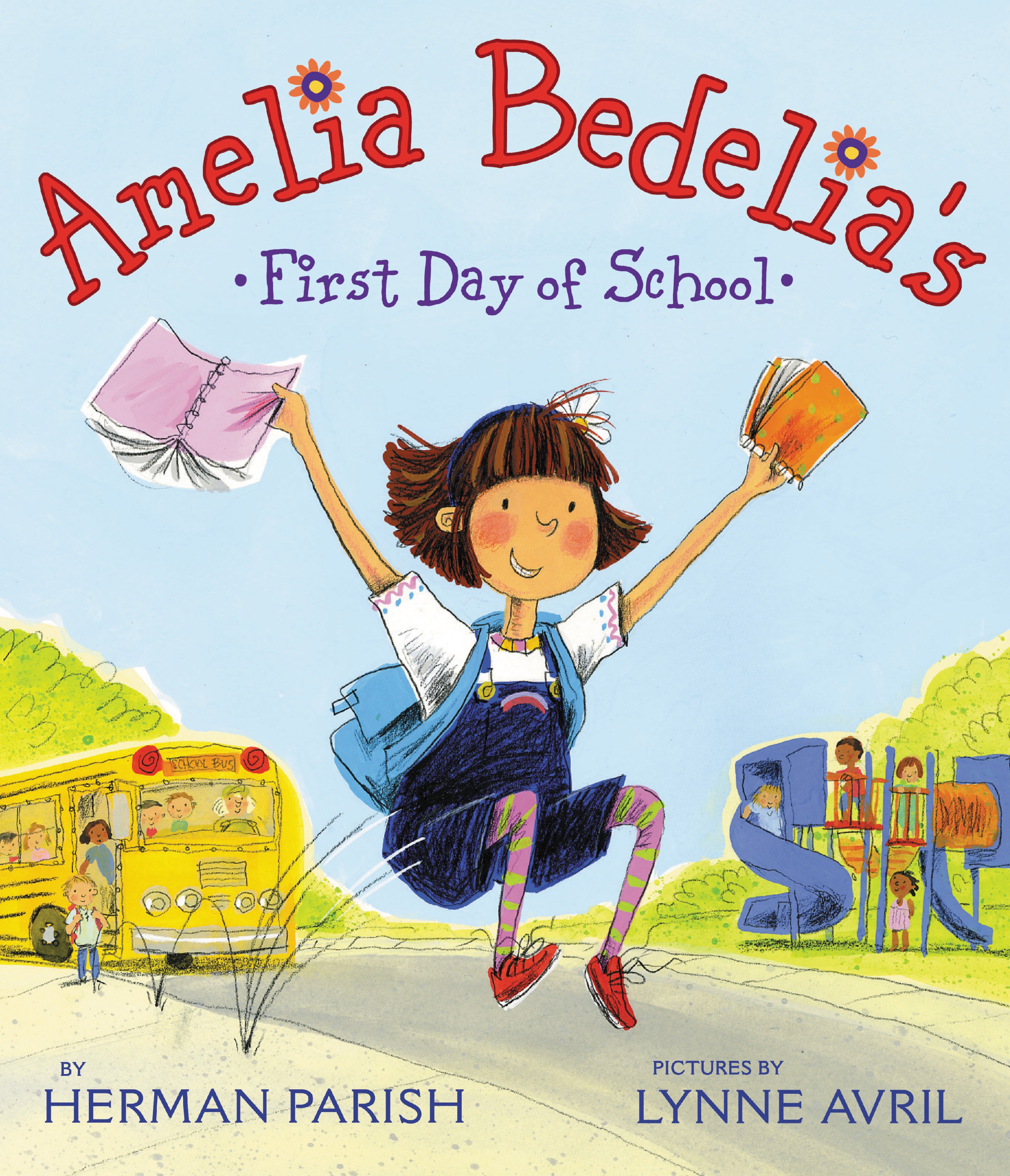
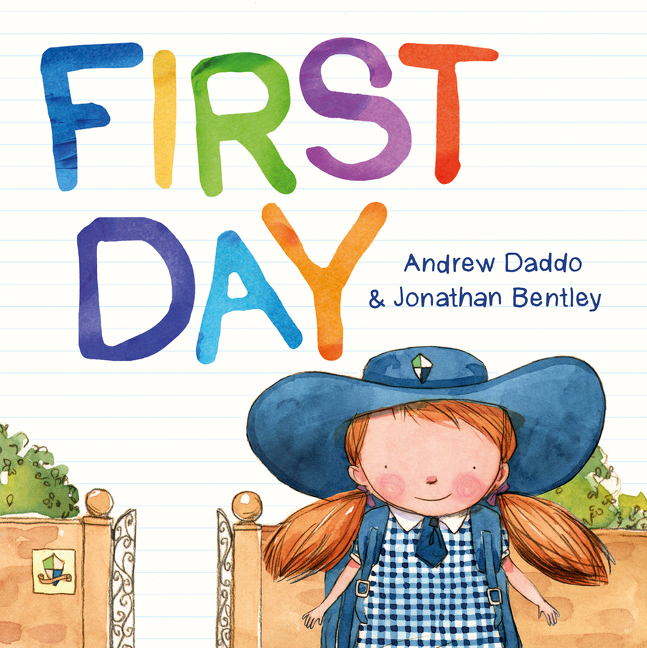 First Day
First Day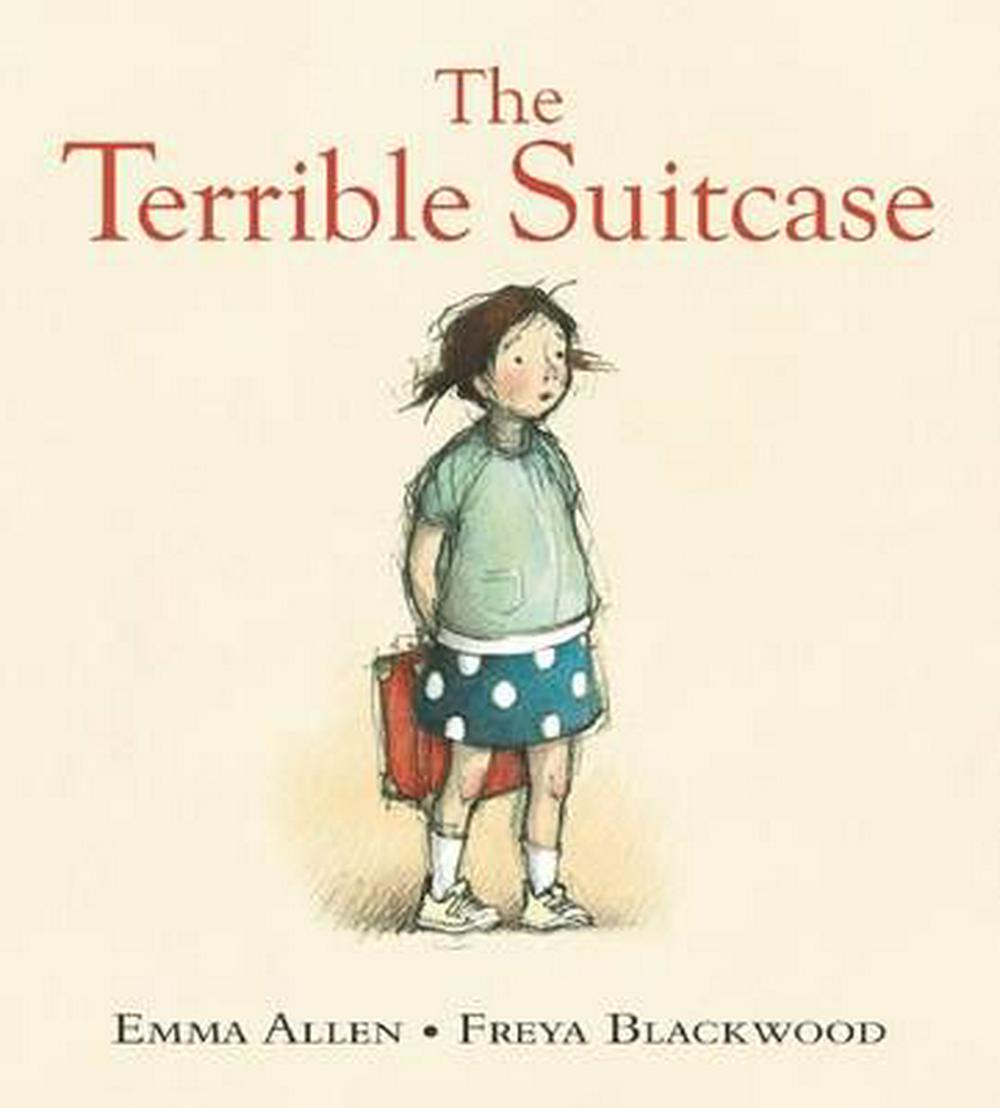
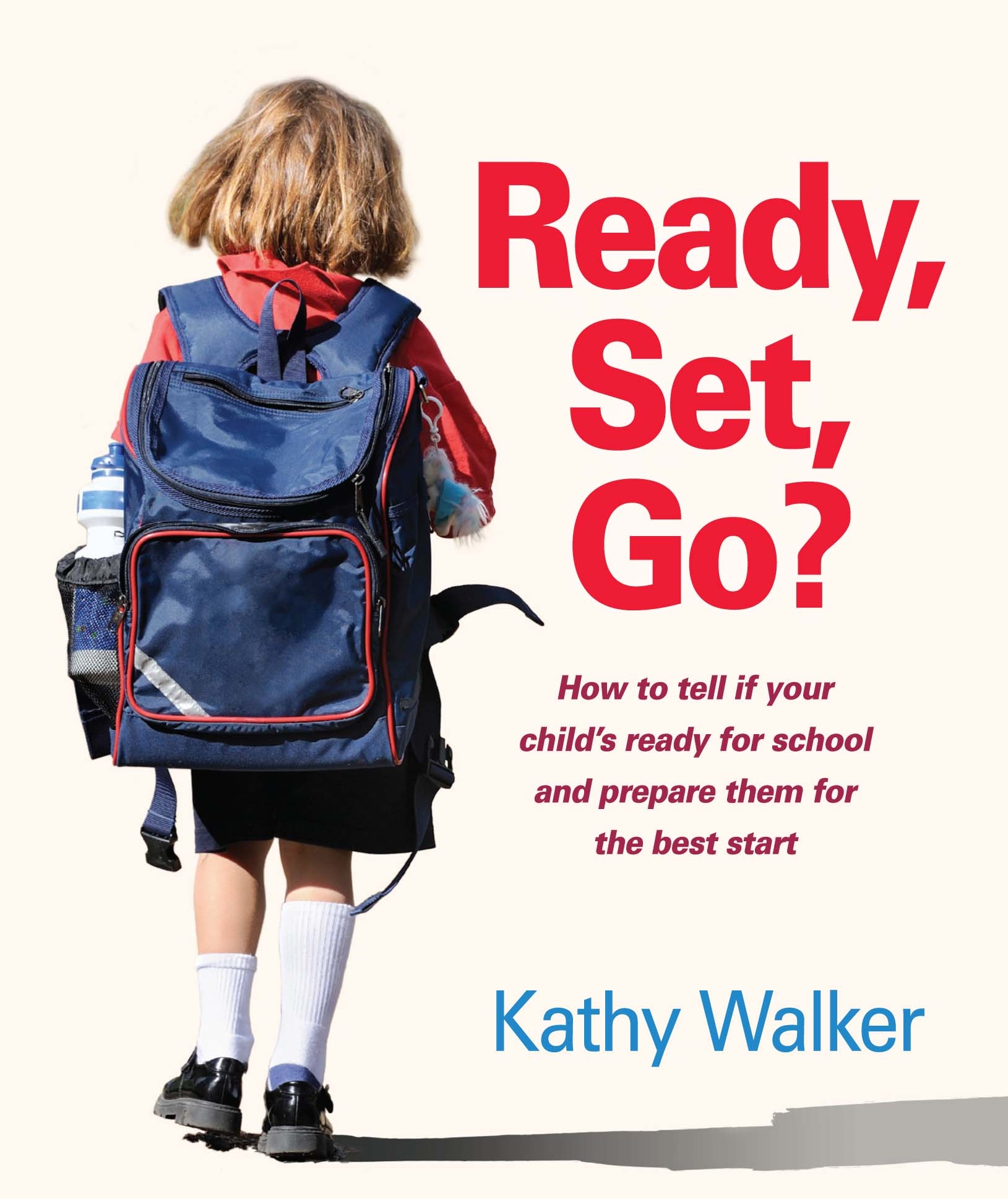

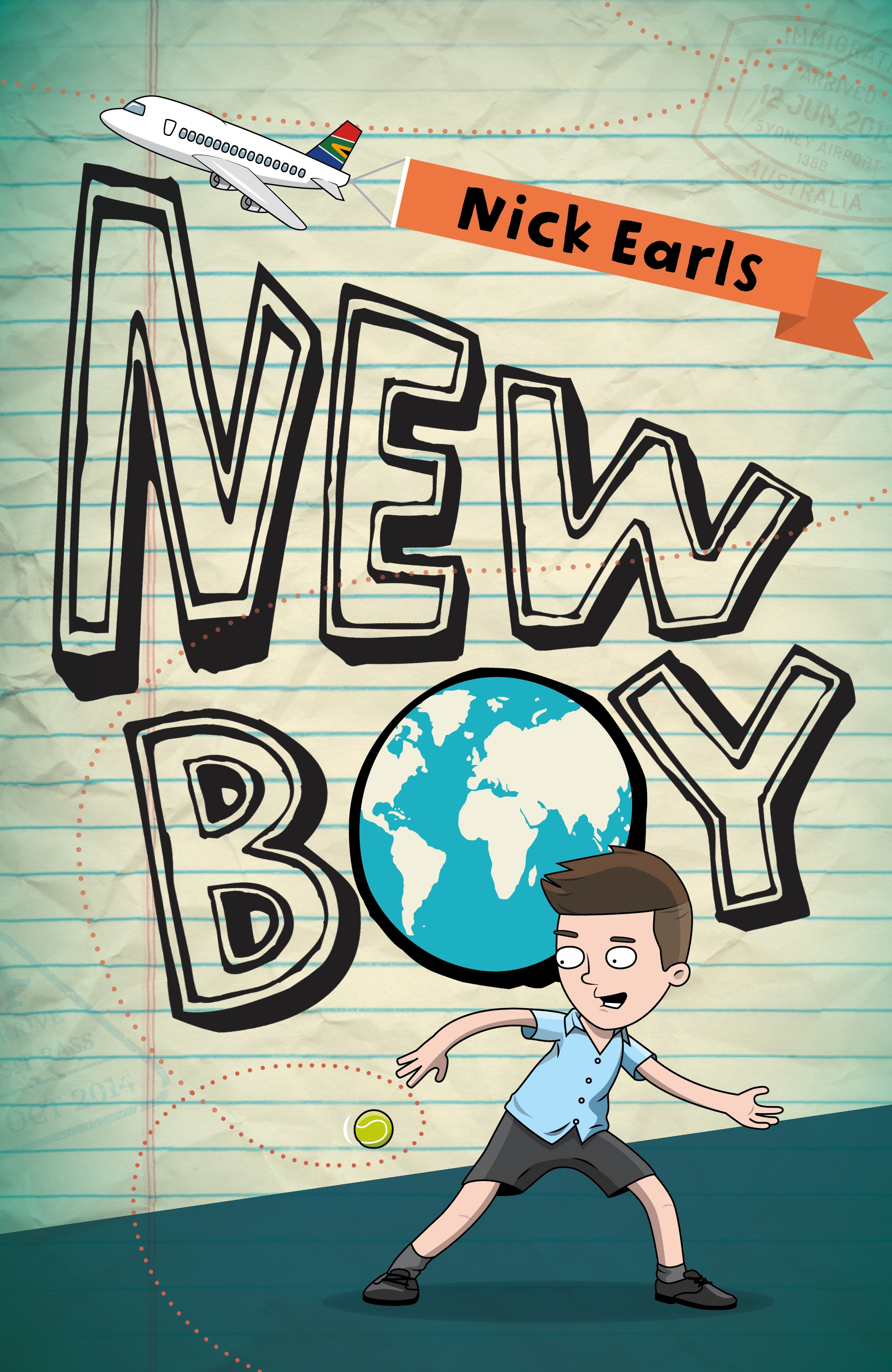
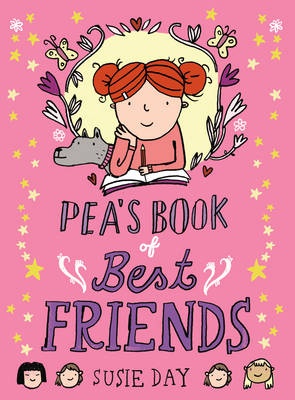 Pea’s Book of Best Friends
Pea’s Book of Best Friends